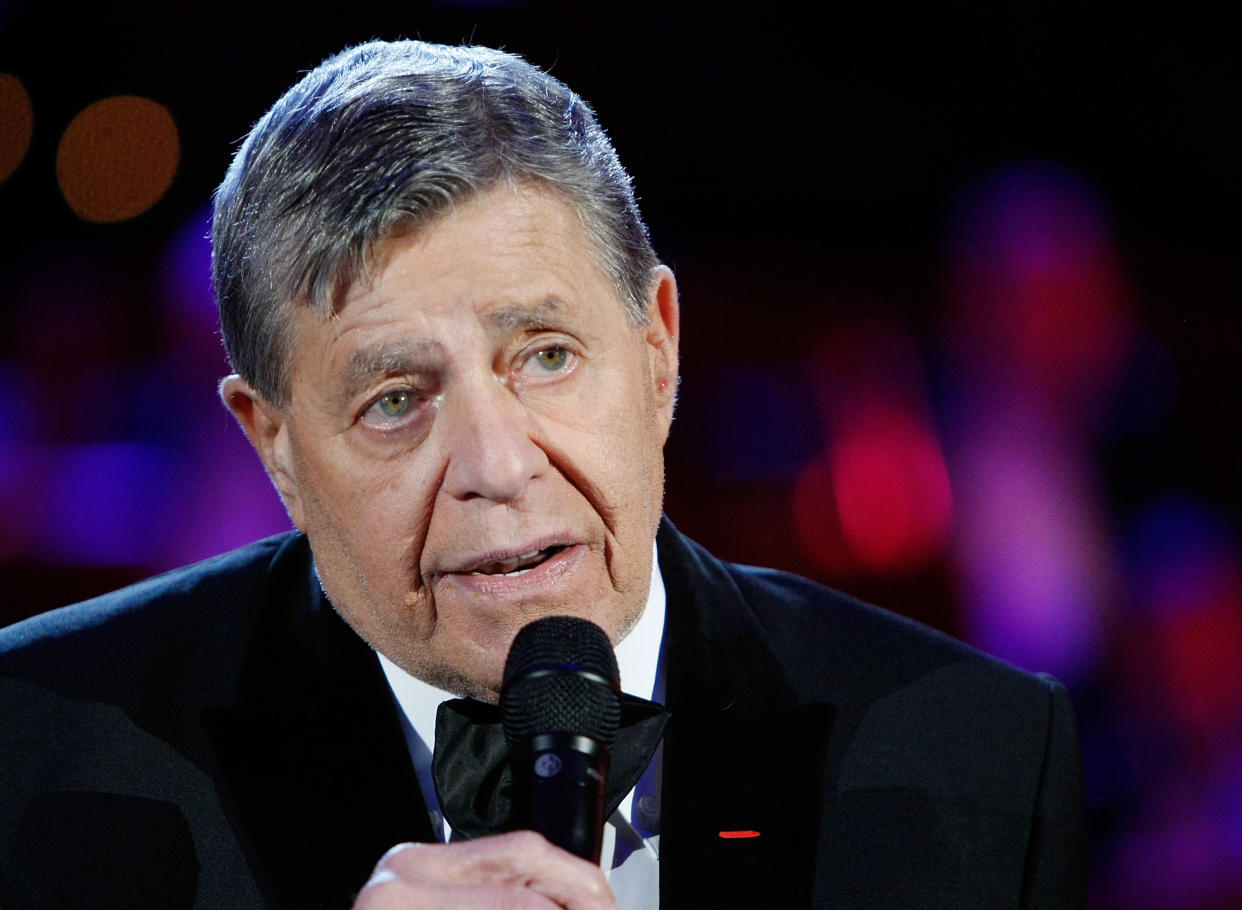The Labour Day weekend just isn't the same without the Jerry Lewis Telethon

What ever happened to the Jerry Lewis Telethon?
When I was a kid – long before Facebook, Twitter and the thousand-channel universe – The Labour Day long weekend meant two things: Going back to school and the Jerry Lewis Telethon.
Being the disrespectful twerp that I was, I wasn’t a fan of the telethon. In the 1980s and 1990s, we were lucky to have a handful of channels available to us, and the telethon took up two of them. For 22 straight hours. On the last long weekend of the summer.
Not cool, Jerry Lewis. Not cool.
But at the same time, there was something engaging about the events on the giant radiation tube that we called a television.
In the early days, it was like a giant, 22-hour party. It was in Las Vegas, of course, and Jerry introduced me to some of the greatest performers in the entertainment industry: Frank Sinatra, Sammy Davis, Jr., Don Rickles. Joe DiMaggio, Ronald Regan and John Wayne answered phones. I learned about slapstick, big bands, cigarettes, scotch and the art of the crooner. Guys wore tuxedos and women appeared in resplendent evening gowns. Vegas was a strange, magical world so far away.
But telethons are dinosaurs in today’s world, as archaic as the banks of yellow, corded phones celebrity operators used to take pledges. Donating 22 hours of valuable air time would be an absurd proposition in the cutthroat world of network television – the competition for eyeballs and corporate dollars is far too important.
Can’t the Muscular Dystrophy Association come up with a viral campaign like the Ice Bucket Challenge to raise funds instead?
Despite raising over a billion dollars for the cause, Jerry was unceremoniously removed as both the host of the telethon and as MDA’s national chairman in 2011, leaving a series of off-colour quotes in his wake. The show was reduced to six hours, then three, and now down to two. It’s been re-named to the “Show of Strength” telethon and performances are taped in advance. It airs Sunday night at 9 ET on ABC.
No tuxedos, no tote board, no beloved baseball stars answering yellow phones. Just a bunch of B-list musicians using network airtime to make a name for themselves and maybe get a few downloads of their latest single.
Times have changed, indeed.
The Ice Bucket Challenge has been a boon for ALS – the organization has raised about $95 million since the first challenge was made, which is a considerable jump from the $2.7 the organization received through donations in 2013. But it’s very much the exception to the rule, spurred by an unlikely viral campaign goading participants into embarrassing themselves on YouTube.
Just as the television universe has become overcrowded, so have the worthy causes seeking our hard-earned dollars. ALS, MDA, breast cancer, Parkinson’s, Alzheimer’s, heart disease. Each has aggressive, expensive donation campaigns, from marathons and fun runs to television ads and door-to-door shilling. Each rightly deserves support, but each pushes Jerry’s Kids closer to the curb.
Jerry’s schtick just wouldn’t cut it anymore. A 22-hour telethon of sideshow acts couldn’t cross the generations to appeal to those more interested in the latest exploits of Honey Boo-Boo or the Kardashians. Indeed, the whole concept is as outdated as a guy in a tuxedo belting it out through a haze of cigarette smoke and a flashing-bulb tote board.
Valerie Cwik, Executive Vice President of the MDA told Time in 2012 that the changes to the telethon are a necessary change to the organization’s fundraising strategy.
“It has to change because the American audience has changed,” Cwik said. “A 21.5-hour show doesn’t fit in a 140-character world.”
Unfortunately, she’s right.
(Photo courtesy of Getty Images)

 Yahoo News
Yahoo News 
